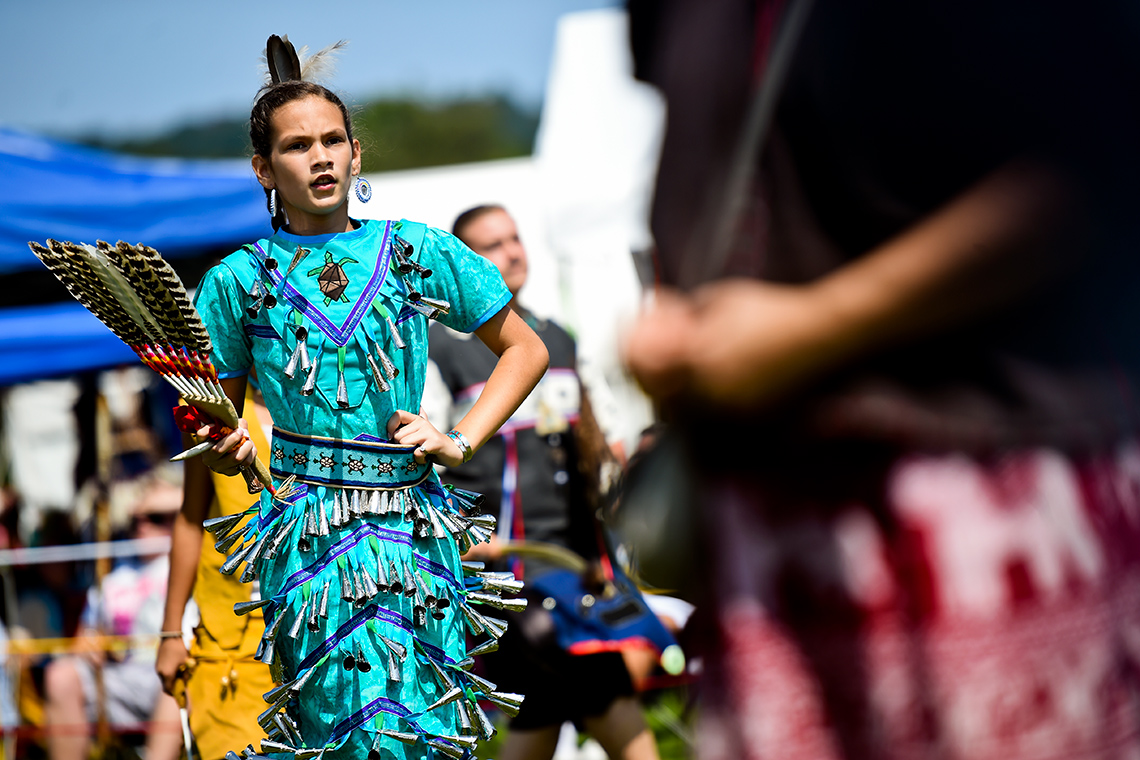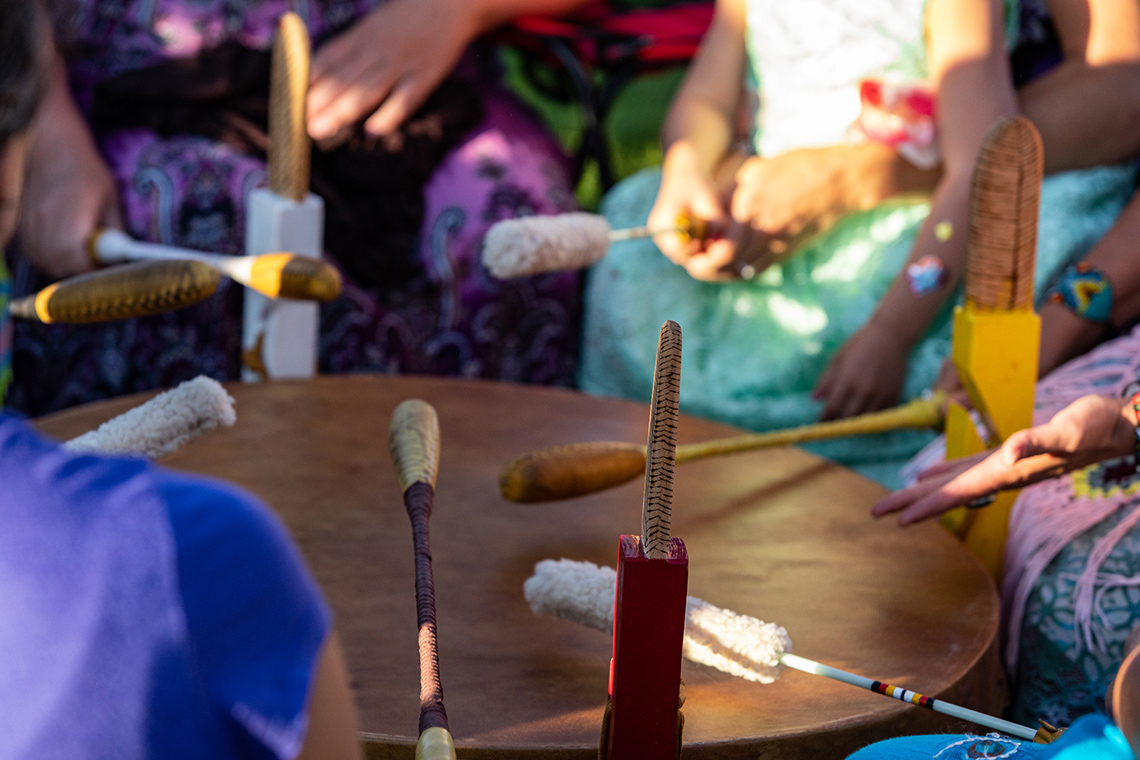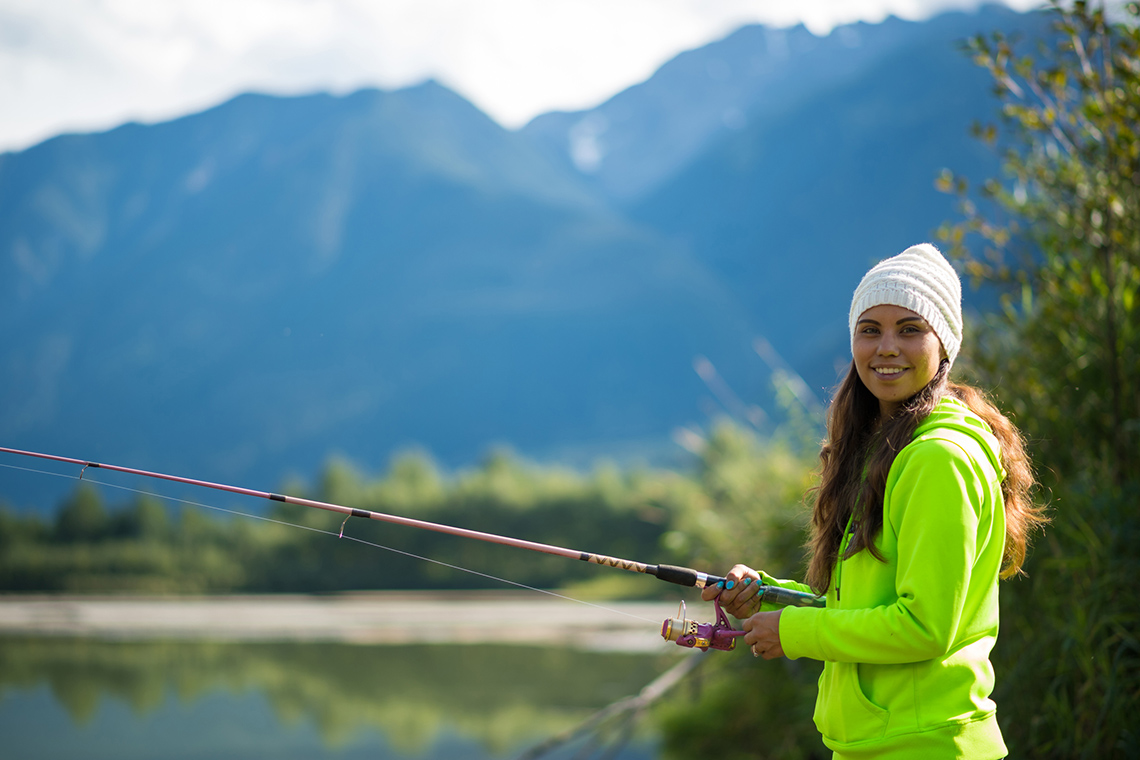Minds On
Let’s get started!
Press the following tabs to access today’s vocabulary.
There are many different forms and styles of dance. Dance serves various purposes within a particular community.
Indigenous communities across Turtle Island dance for a variety of reasons, such as: healing, storytelling, teaching, and the passing down of knowledge and histories.
Turtle Island is the name many First Nations people and communities use to refer to the lands known as North America today. There is a long history of Indigenous life, community, and activity on these lands long before settlers arrived. By referring to these lands as Turtle Island instead of North America, it helps recognize and affirm Indigenous people’s long history on their traditional territories and homelands before colonization.
Dance in Indigenous communities is about connecting to one’s ancestors and learning the traditional teachings, such as an individual’s roles and responsibilities in the community.
Let’s start by exploring an Indigenous dance called the Jingle Dress dance, which originated with the Ojibwe people.

What do you notice about the image of the Jingle Dress dancer? Pay particular attention to the regalia.
Record your initial thoughts using a method of your choice.
Action
Get ready, get set…
Task 1: The history of the Jingle Dress
The Jingle Dress dance is one of many styles of dance performed by Indigenous communities, predominantly within First Nations communities. It is a healing dance believed to heal people when they are sick.
The Jingle Dress dance originated with the Ojibwe people from the Lac Milles Band in Minnesota around the early 1900s. The Ojibwe are part of the Anishinaabe, which includes the Naakowe, Mississauga, Odishwaagaamii’ininiwag, Amikwaa, Boodiwaadmi, Ojibwe, and Odaawa. These nations share similar languages, traditions, and territories and formed historical as well as contemporary alliances for the protection and betterment of their nations. The Jingle Dress dance was shared throughout the Great Lakes regions with other nations, and from there spread across Turtle Island.

Two students with speech bubbles. One bubble says, “The Jingle Dress dance was a healing dance” and the speech bubble of the other person says, “It first emerged during the influenza epidemic over 100 years ago!”.
Let’s explore a Jingle Dress dance being performed to learn more.
Explore this video entitled ‘Raven Sutherland Jingle Dress Dance’ to learn more about the Jingle Dress dance.
Check out this video entitled “Powwow Jingle Dress Dance” to learn more about the Jingle Dress dance.
Press the following tabs to access more information about the Jingle Dress Dance.
Women and girls.
Additional information: The Jingle Dress dance is traditionally danced by women and girls. More recently, Two-Spirit people also dance the Jingle Dress dance and is part of reclaiming their spaces in community.
They are wearing brightly coloured clothes and the dresses have small bell-like attachments that make a jingle sound.
Additional information: The dancer’s outfit is called regalia. The regalia for the Jingle Dress dance consists of moccasins for the dancer’s feet and a dress with rows of small cones attached made of tin. These are called ziibaaska’iganan in the Ojibwe language. The rows of tin cones create a jingle noise as the dancer dances. Dancers often dance with eagle feather fans.
The dancers use a lot of crisscross feet movements and travel in different pathways.
Additional information: The dancers move to the beat of the drum using light movements to make the cones jingle. The dancers often travel in a zigzag pattern to represent the dancer’s journey in life.
Task 2: Banning Indigenous dances
As you know, dance can have many different purposes. While the Jingle Dress dance is a healing dance, it is also deeply connected to community, culture, and resistance. Around the time the Jingle Dress emerged, Indigenous spiritual traditions were outlawed.

An adult with a speech bubble that reads, “Did you know? In Canada, the Indian Act banned many First Nations spiritual and cultural traditions including several ceremonies and traditional dances”.
Many Indigenous communities continued to practise the Jingle Dress dance and other important traditions as a way of resisting the assimilation attempts by the government. In this way, the Jingle Dress dance is a form of resistance and a way for Indigenous peoples to stay connected to their community and culture.

An angle view of a group of people sitting in a circle and playing on their drums. They are wearing traditional clothes and they are using special tool to hit their drums.
Task 3: The Jingle Dress now

Two people with speech bubbles. The student says, “So, is the Jingle Dress dance still performed today?” and the speech bubble of the teacher says, “Yes! The Jingle Dress dance is still performed today across different Indigenous nations”.
While the Jingle Dress dance is still performed competitively at Powwows and community events, it has also become important in the context of the COVID-19 pandemic. While large gatherings have been limited by the COVID restrictions, communities are finding ways to come together to support each other virtually.
Access this video to learn more about the Jingle Dress dance has been done virtually.
Since the Jingle Dress dance is a healing dance, some dancers, like teenager Meadow Musqua, are also using it to help loved ones and community members recover from COVID-19.
Explore this video entitled "Indigenous Youth Perform Jingle Dress Dances to Help Those Recovering from COVID-19” to learn more about Jingle Dress dance traditions.
Consolidation
Putting it all together
Explore the following questions to reflect on your own learning
- Why do you think the Jingle Dress dance is important to Indigenous people?
- How did the intentions of the Jingle Dress dance change over the last 100 years? How did it stay the same?
- Are there other dances you have experienced, or ones that you know about from your own culture, that remind you of the Jingle Dress dance?

Reflection
As you read through these descriptions, which sentence best describes how you are feeling about your understanding of this learning activity? Press the button that is beside this sentence.
I feel…
Now, record your ideas using a voice recorder, speech-to-text, or writing tool.